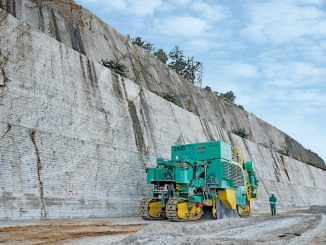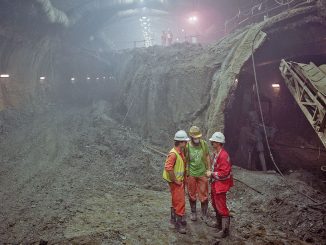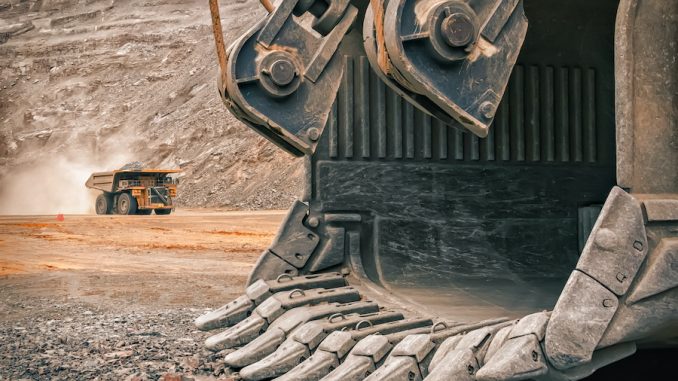
View the complete article here.
The multi-billion-dollar global mining equipment market is growing at a rapid rate. As in an expected compound annual growth rate (CAGR) of 12.7% through 2027. Technology is, in part, driving sales. Although machines are getting smarter, the types of equipment used in mining have largely remained the same. In this article we discuss common types of mining equipment.
Mining Equipment Categories
There are five basic categories of mining equipment. Drills, blasting tools, earth movers, and crushers. The last category is a group of machines that move material to and through the crusher then analyze the mined material.
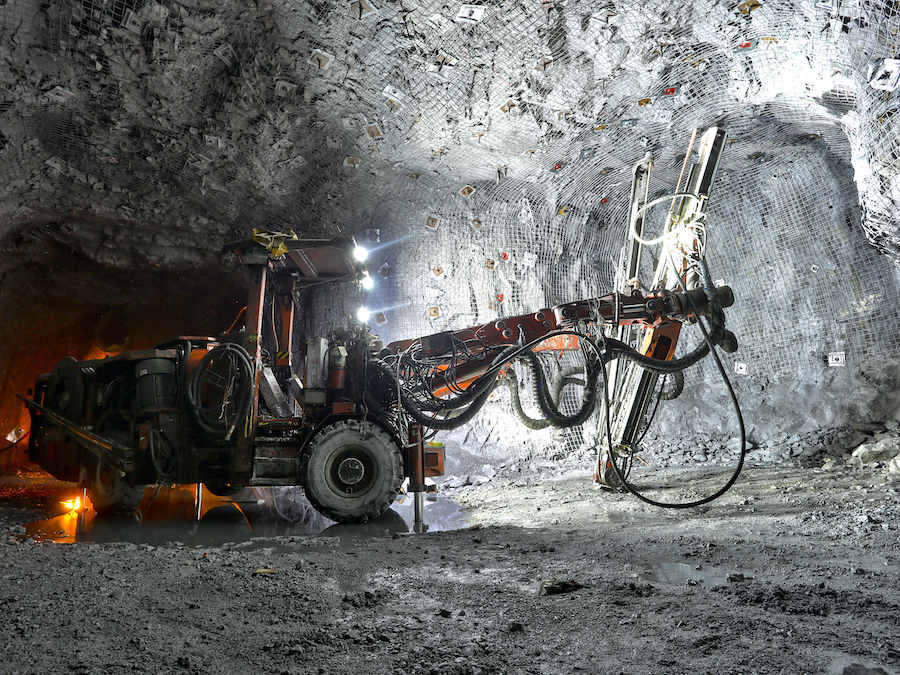
Mining Drills
Drilling Activities
There are many different types of drilling activities at mine sites. Generally, they fall into two major categories: exploration and production. The goal of exploration is to provide detailed information about a proposed mining site. The goal of production is to access and extract raw material for other uses, such as building roads.
Whether it’s oil and gas, diamonds, or construction materials, drills are used to access the material underground. Drills are also used to prepare an area for blasting. In coal mining, drills are used to create portals for workers to enter the mine.
Drilling Methods
The type of drill selected depends on the drill method used – which in turn depends largely on the type of material being mined. For example, reverse circulation (RC) drilling is often used in mineral exploration. In RC drilling, a hammer (actually a pneumatic reciprocating piston) drives a drill bit made of tungsten-steel into the rock. Air is blown down the rods, creating differential pressure. This drives the material back up. With RC drilling, you can drill down up to 500 meters. However, it’s not always the best solution for diamond mining: it sometimes can break larger stones.
Drill Bits
There are many different types of drill bits, including spiral pointed bits, cone type bits, and diamond-coated bits. Diamond-coated drill bits are made of very low-quality diamonds; there value comes from their cutting strength.
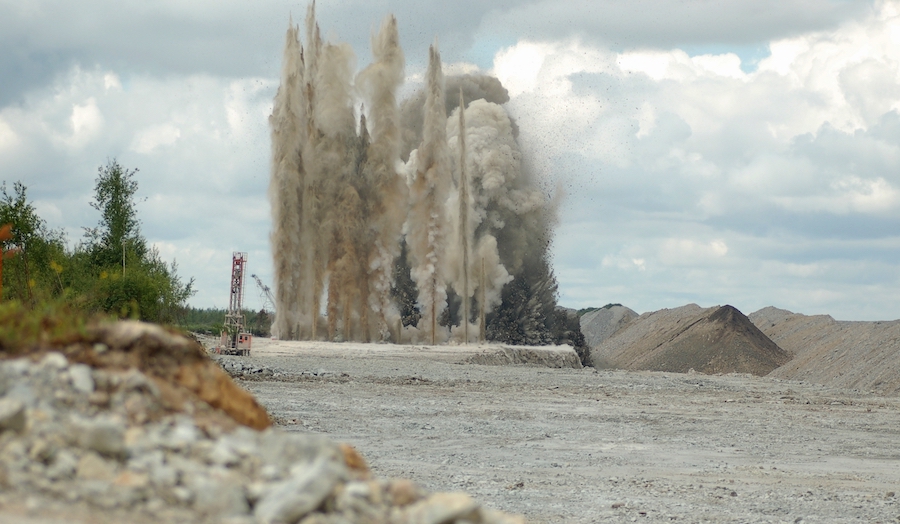
Blasting Tools
Blasting tools are used in underground and open pit mining. The desired material is usually found along with other “waste” material. Blasting tools are used to break down the material so it can be sorted. Blasting is also used to remove areas of rock that are blocking access to the production material. Blasting is very dangerous work and requires a high-level understanding of explosives, detonators, and much more.
Earth Movers
Both the production material and waste material need to be handled once they are extracted (or blasted). Excavators, with their long arm and bucket attachment, are used to remove materials, such as coal. Dump trucks and haul trucks move the excavated material around and off the mining site. Bulldozers help create a flat surface for other heavy equipment to travel over. These heavy machines require experienced operators.
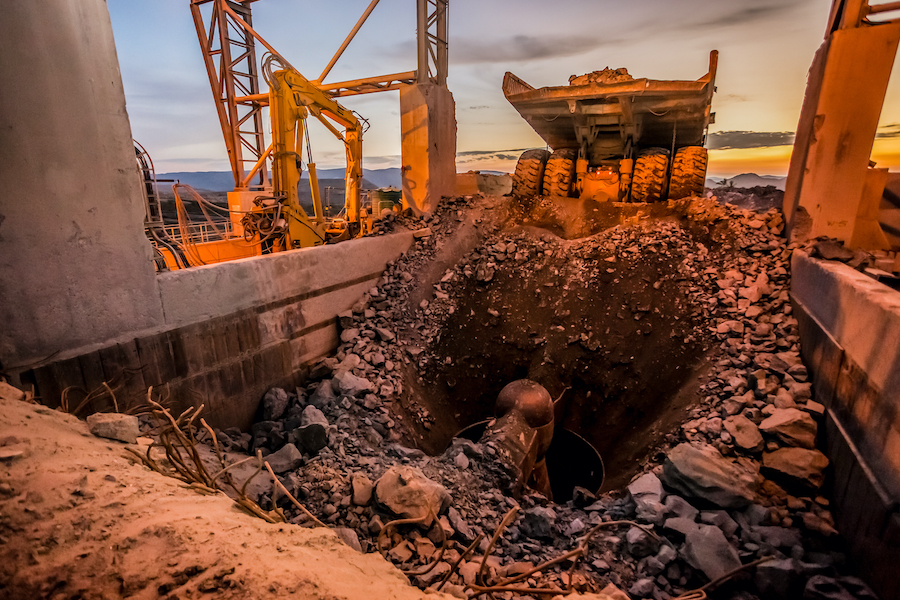
Crushing Equipment
The first material excavated from the mine needs to be broken down to sort and transport it. Crushers are used for this purpose. Strip mining operations use haul trucks to transport the material to the primary crusher. Whereas in underground mines, conveyers are used to move the material to the crusher. Crushers reduce the cost of transporting large, heavy pieces of rock.
There are three classifications of crushers: primary, secondary, and tertiary. The primary crusher handles what comes out of the mine. (Known as run of mine or ROM.) Then this material is fed into the secondary crusher to further reduce the size. The material is then further processed by the tertiary crusher. However, the material may continue to go through crushers to meet the desired size. In fact, some material is reduced to dust.
Crushers are also classified by how they crush the material. For example, jaw crushers apply compressive force to breakdown material. Hammer crushers use high-speed impact to fracture material.
Feeding, Conveying, and Analysis
Conveying equipment moves the excavated material to a feeder. The feeder pushes or “feeds” the material into the crusher. The equipment controls how fast the material is fed into the crusher. It determines whether the material has been reduced to the desired size. If not, it feeds the larger pieces back into the crusher. Online elemental analysis equipment can be used to take periodic samples of the material to provide data in real-time. This information is used to ensure quality and streamline processes, such as sorting and blending.
Conclusion
There are several different types of equipment used in mining. Although the machines continue to evolve, they perform many of the same functions as they did in the early days of mining. They provide access to production material, move it, crush it, sort it, and haul it. Mining equipment gives us access to the basic materials needed to create items we use every day – from roads and bridges, gasoline for our cars, even beautiful jewelry.
View the complete article here.
What are the main categories of mining equipment, and how do drills contribute to the mining process?
The main categories are drills, blasting tools, earth movers, crushers, and conveying equipment. Drills are essential for both exploration and production activities, accessing materials underground, and preparing areas for blasting.
How do crushers function in mining, and what are the classifications of crushers based on their role?
Crushers break down excavated materials for sorting and transport, reducing the cost of transportation. They are classified as primary, secondary, and tertiary crushers, each handling specific stages of material processing.






































